The world of digital marketing is constantly evolving, and in order to stay ahead of the game, businesses need to continuously adapt and improve their online presence. One important aspect of this is user experience (UX) design, which focuses on creating a seamless and enjoyable experience for users when interacting with a website or app. But what makes for a successful UX design? The answer lies in the power of emotional design.
What is Emotional Design?
Emotional design is a concept that has been gaining traction in recent years, particularly in the fields of UX and web design. It refers to the intentional use of emotions to enhance the user's experience with a product or service. This can include elements such as color, visuals, language, and even sound.
In the past, much emphasis was placed on creating functional and efficient designs. While these aspects are still important, emotional design recognizes that humans are emotional beings and tapping into those emotions can greatly impact their behavior and decision-making.
Understanding User Psychology
In order to effectively implement emotional design, it's crucial for businesses to understand their target audience's psychology. This involves conducting thorough user research to gain insights into their behaviors, needs, wants, and pain points.
For example, if your target audience consists of young adults who are looking for an adventurous travel experience, your website should evoke feelings of excitement and wanderlust through its visuals and messaging. On the other hand, if you're targeting busy professionals who need quick access to information on-the-go, your website should focus on simplicity and efficiency.
Personalization is Key
In today's digital age where consumers are bombarded with endless options online, personalization has become essential in standing out from competitors. Emotional design allows businesses to create a personalized experience for each user based on their individual preferences and needs.
For instance, Netflix uses data from users' viewing history to recommend new shows or movies that they may enjoy. This not only makes for a more enjoyable and convenient experience for the user, but it also encourages them to spend more time on the platform, increasing their chances of becoming a loyal customer.
The Role of Emotions in Decision-Making
As humans, we make decisions based on both rational and emotional factors. In fact, research has shown that emotions play a significant role in decision-making. This is why emotional design is so powerful – by evoking specific emotions in users, businesses can influence their decisions and actions.
For example, any e-commerce website knows that the ultimate goal is to get customers to make a purchase. By using persuasive language and visuals that appeal to the user's emotions such as urgency or exclusivity, businesses can increase their chances of converting a visitor into a paying customer.
Creating Brand Loyalty
In today's competitive landscape, brand loyalty is crucial for long-term success. Emotional design helps create an emotional connection between users and brands by tapping into their feelings and values. When users feel emotionally invested in a brand, they are more likely to become repeat customers and even recommend it to others.
Take Apple for example – their products not only have functional features but also evoke emotions through sleek designs and creative marketing campaigns. This has created a loyal following of Apple enthusiasts who are willing to pay top dollar for their products.
The Benefits of Emotional Design
Aside from increasing conversions and fostering brand loyalty, emotional design also has other benefits for businesses:
1. Better User Engagement: By appealing to users' emotions, businesses can keep them engaged with their website or app for longer periods of time.
2. Positive User Experience: Emotions greatly impact our perception of an experience. By creating positive emotions through design elements such as simplicity or humor, businesses can enhance the overall user experience.
3. Increased Trust: When users feel emotionally connected with a brand or product, they are more likely to trust it and be open to trying new offerings.
In Conclusion
The power of emotional design in user experience cannot be underestimated. By understanding your target audience's psychology and implementing personalized and emotionally-driven design elements, businesses can create a strong connection with users, increase conversions, and foster brand loyalty. As the digital landscape continues to evolve, emotional design will undoubtedly play an even bigger role in creating successful UX designs. So if you want to stay ahead of the game, it's time to tap into the power of emotions in your digital marketing strategy.






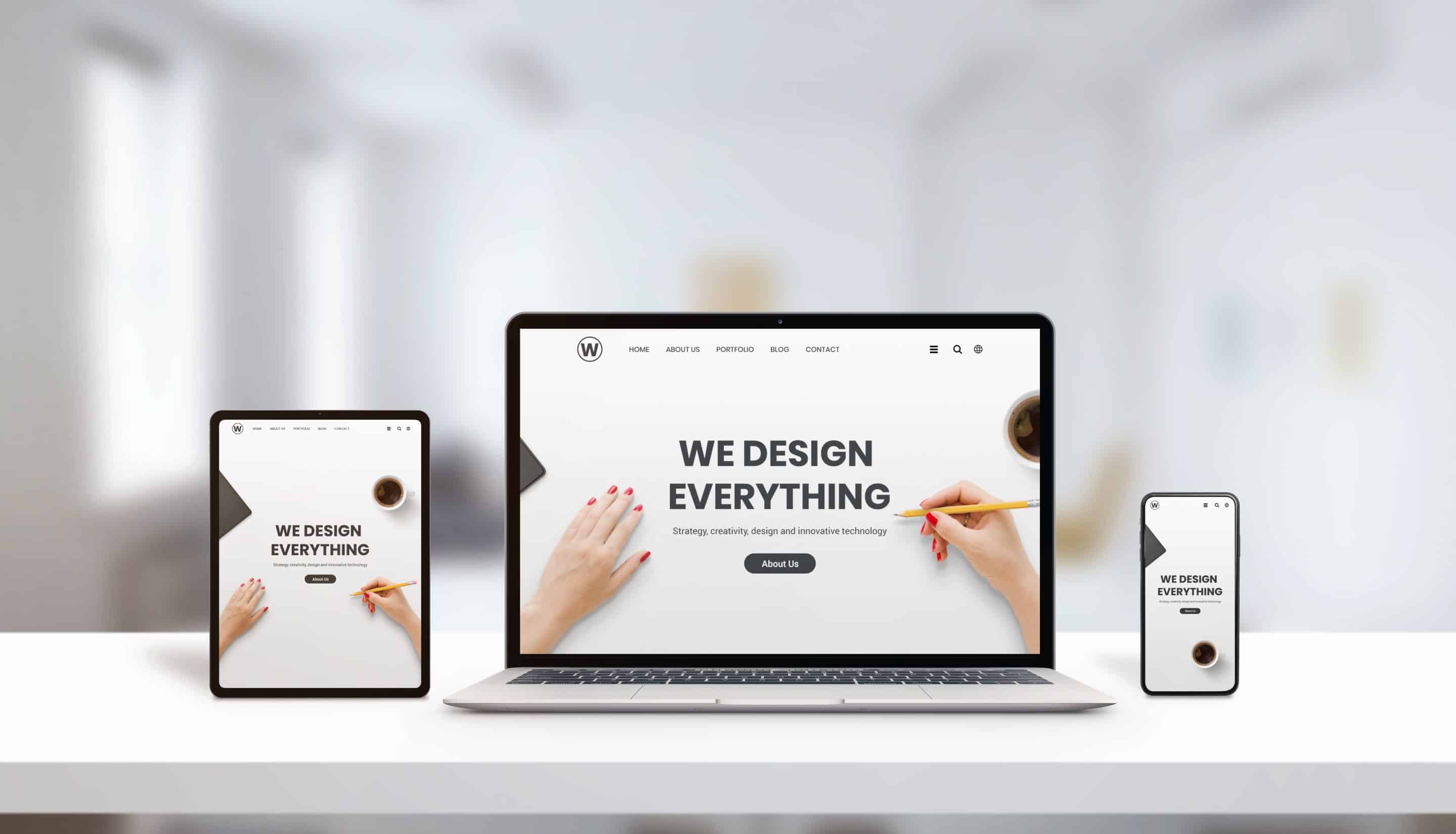














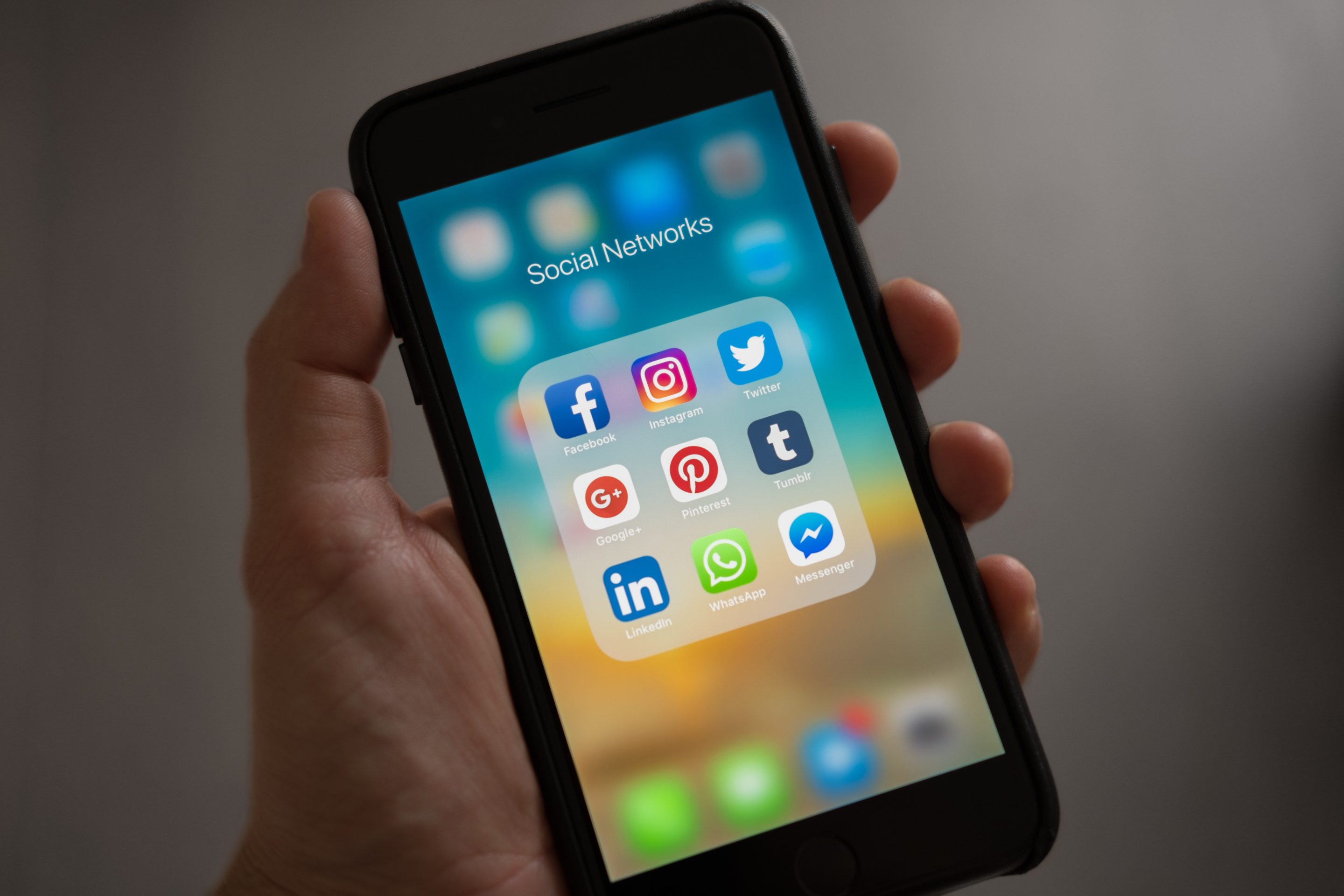
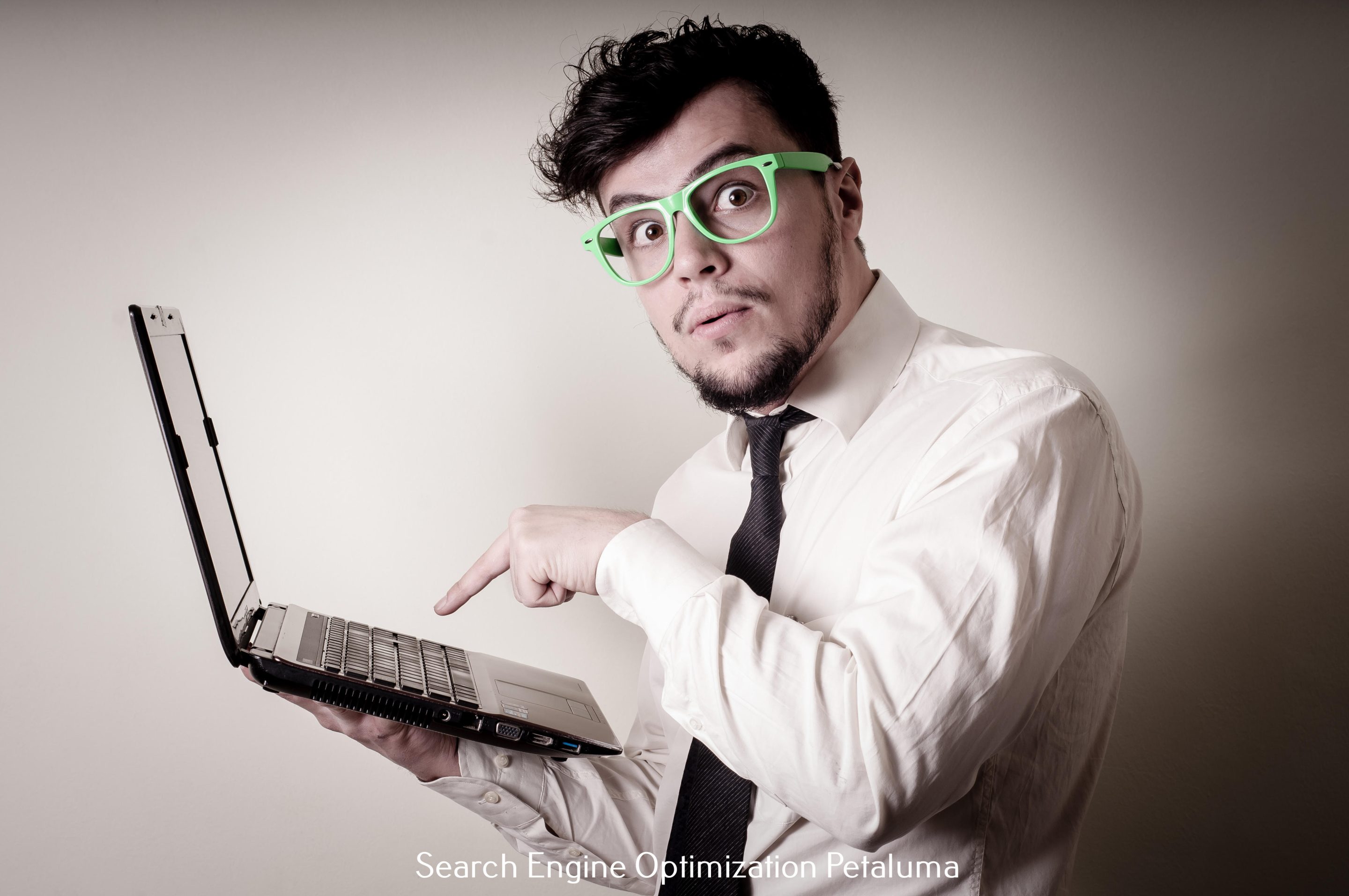


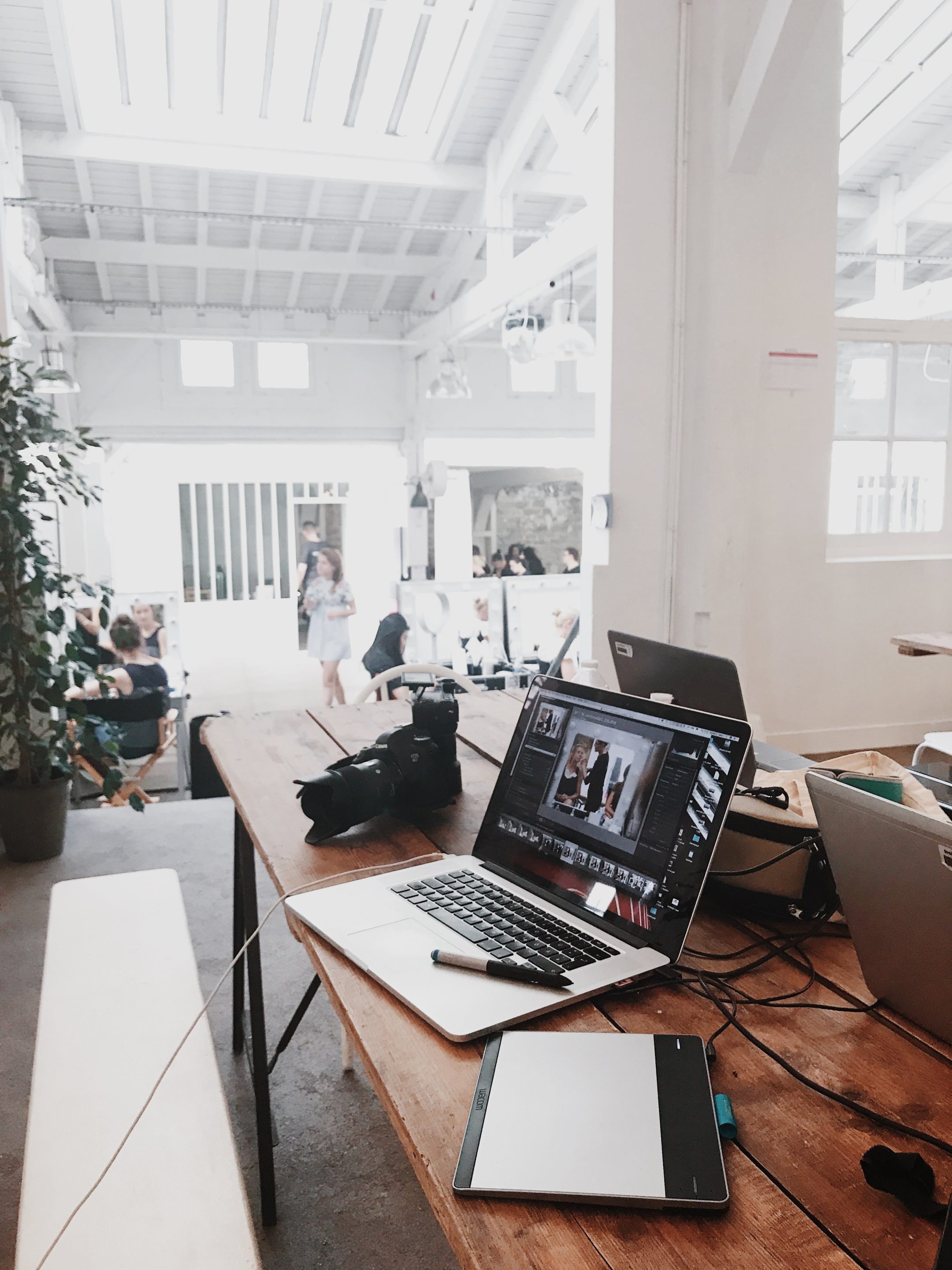

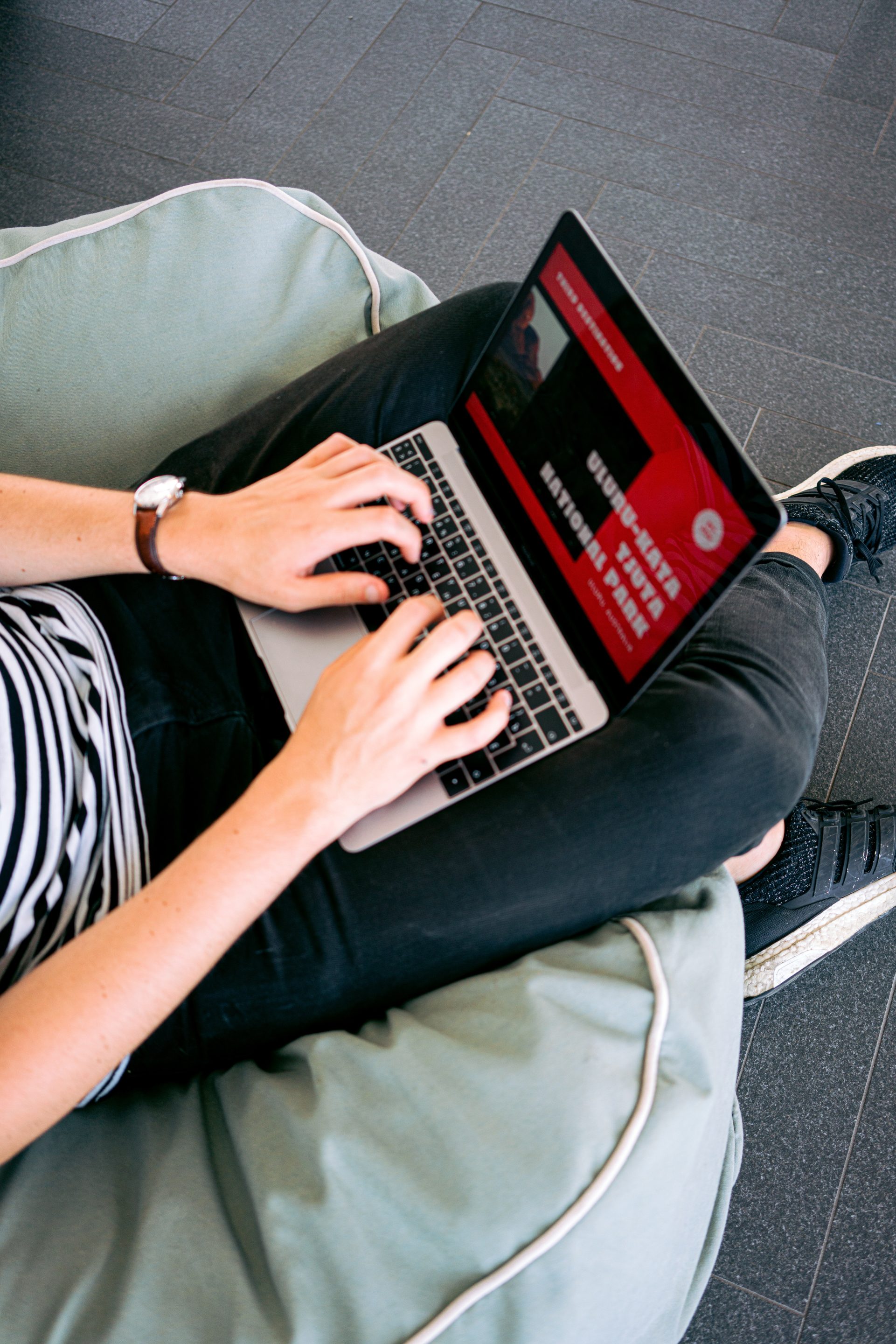








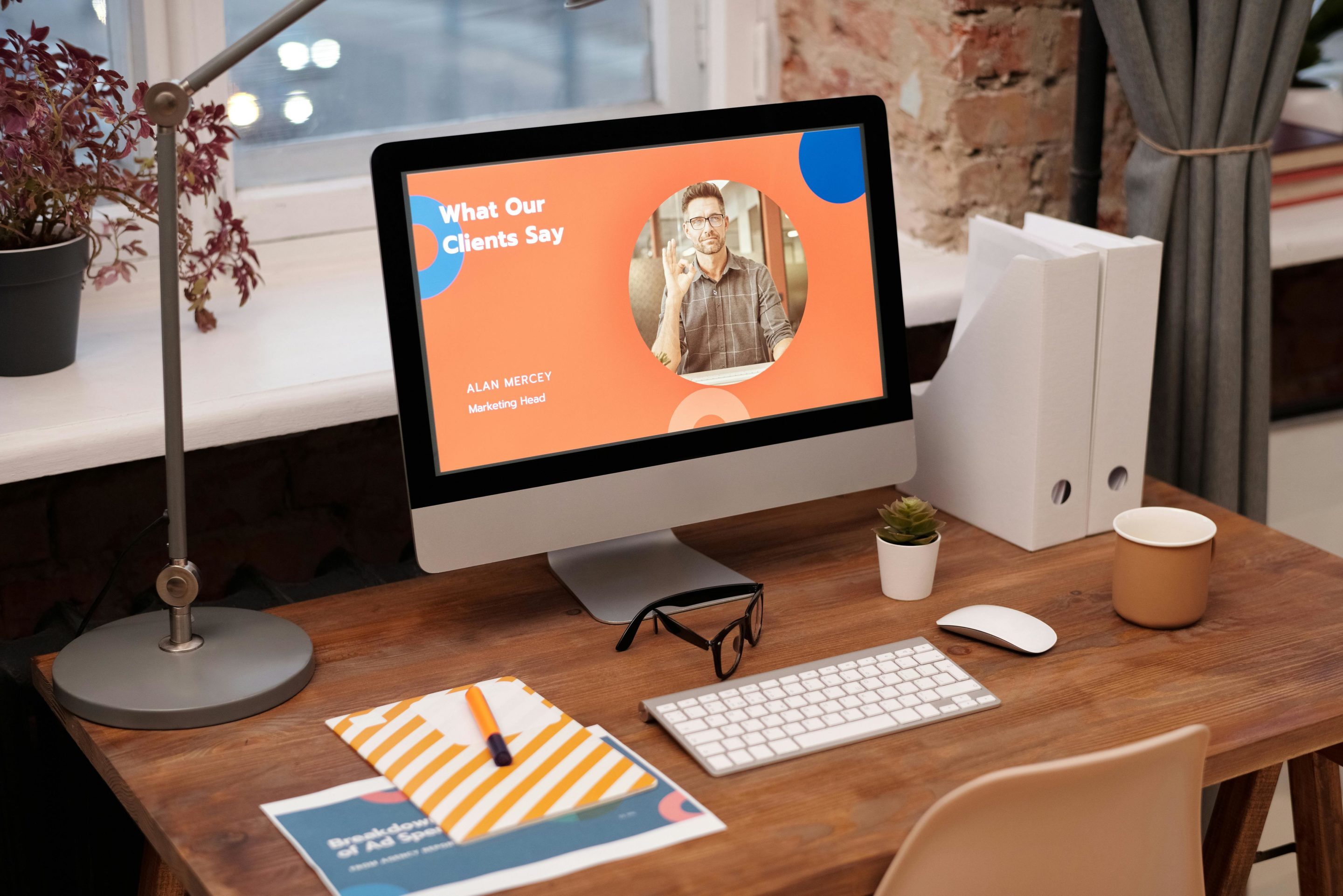

0 Comments